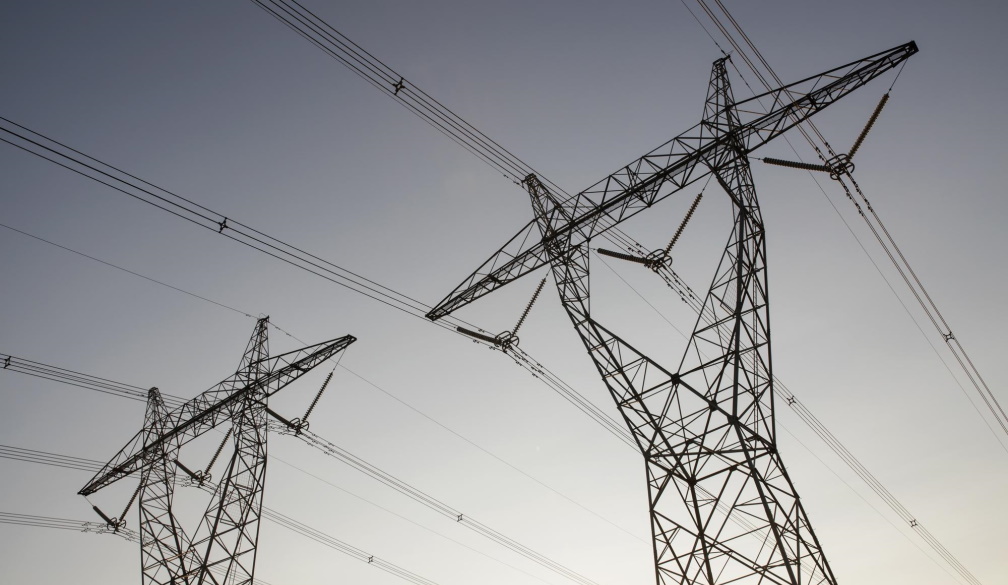What Do Your Neighbours Pay for Power in Canberra?
- Written by NewsServices.com

When you get an expensive power bill, the natural instinct is often to question whether it's authentic. Perhaps there was an error when reading the meter? There's a high chance that the bill is accurate, and you did use that much electricity in the real sense.
However, sometimes it’s best to compare your bill with other households’ to clear your doubts. It also helps you understand how alternative plans your neighbours use compare to yours. If your bill is close to the average in your area, you'll save more if you use a better energy plan.
This guide will help you determine what your neighbours pay for power in Canberra and share insights on how to cut costs.
Understanding Electricity Usage
Your electricity usage mostly depends on the number of people present in your household. However, the amount also depends on internal aspects such as:
-
* The appliances frequently used, such as washers, driers, gaming systems, and air conditioners.
-
* Whether there’s a Jacuzzi or hot tub
-
* The level of energy efficiency in the appliances
Electricity Costs in ACT
In Canberra, there are three primary energy providers. When using Energy Australia (Total Plan), most households get an average power bill of about $1,823.
With ActewAGL (Home 15 plan), the average is slightly lower at $1,810. Origin Energy (Origin Go) plan is the most cost-effective, with the lowest average of about $1,707.
In general, larger households consume more electricity than smaller ones. Adding an extra person can drastically increase your bill by about $320 and $350 annually. It can be because:
-
* Larger houses have more rooms and spaces that require temperature control
-
* If the water heater is electric, more people use more hot water
-
* Kitchen appliances such as the cooker and fridge are in use more often
-
* More devices plugged in simultaneously, consuming more energy
-
* Multiple rooms in the house get used at the same time
Tips for Reducing Your Bills
-
Unplug All Appliances, Not in Use
Some appliances can still consume power even when no one is using them. These are items such as:
-
* Home entertainment systems
-
* Fully-charged computers or mobile phones
-
* Hairdryers
-
* Devices that have continuous displays
Although they consume small amounts at a go, having multiple appliances like these in your home increases your bill over time. Start by unplugging them after every use to save immediate costs.
-
Adjust the Temperature in Your Home
You can lower your energy bills significantly by maintaining a constant temperature in the home. If you add or lower the temperature, you'll incur an extra 10% on your electricity bill for every degree.
During winter, ensure the temperature remains between 18 and 200 C. In the summer, a temperature of 25 or 260 C is comfortable.
-
Use Cold Water For Household Chores.
Most dishes and clothes don't require hot water to clean. You can switch to cold water more often to lower your power bills when doing laundry or dishes.
You can also try hanging your laundry outdoors to dry instead of using the dryer. Air drying your plates will also minimize the dishwasher's energy consumption by about 15% to 50%.
Conclusion
With these insights in mind, you are in a better position to determine whether you're getting the best energy plan available. You can potentially have significant savings by comparing various providers.
Be proactive and compare your options today and identify the areas you can improve for more energy savings.

















